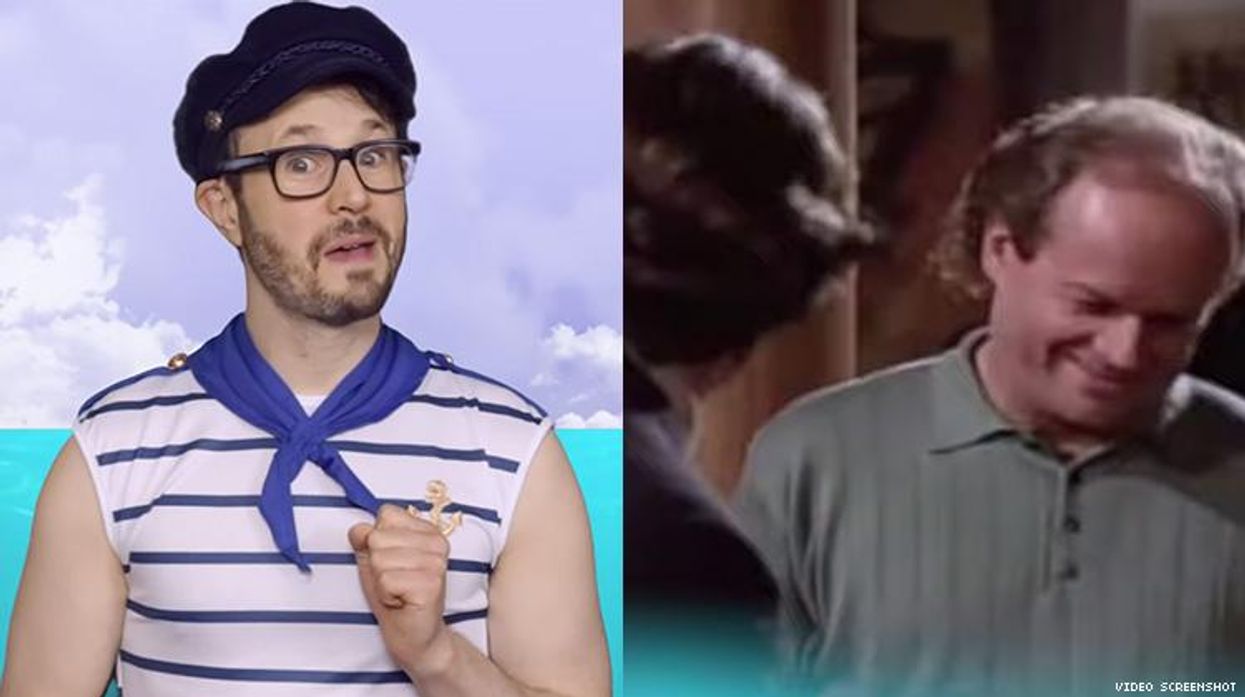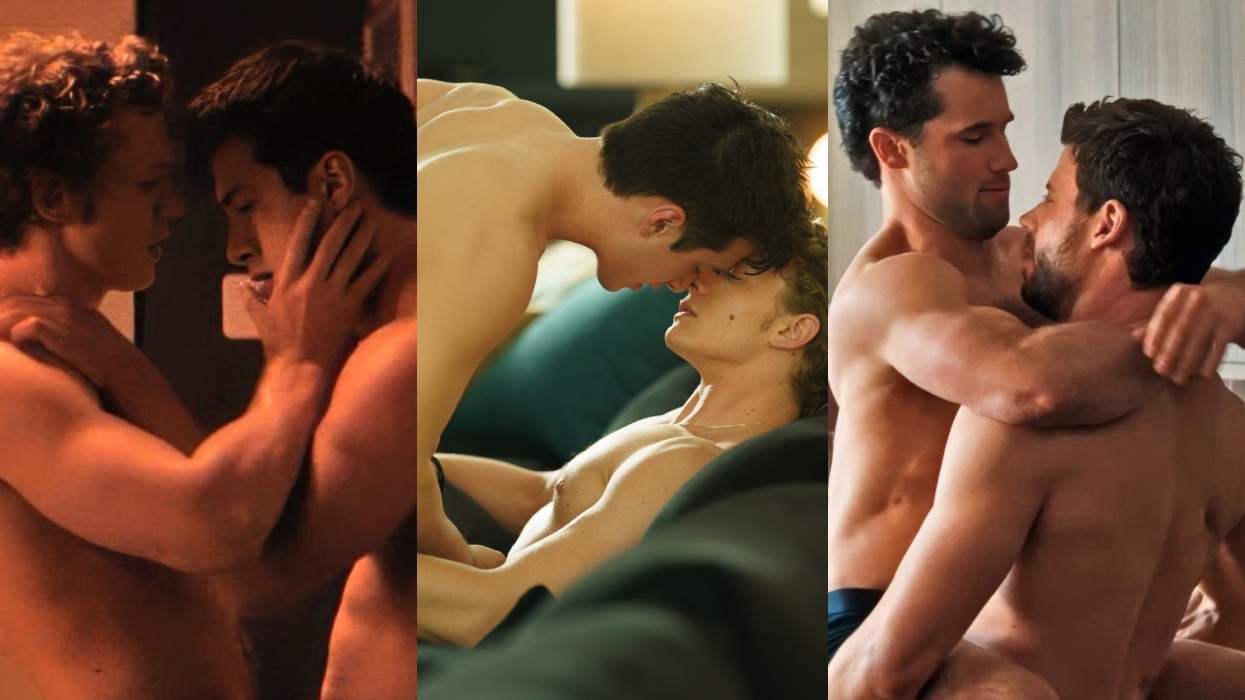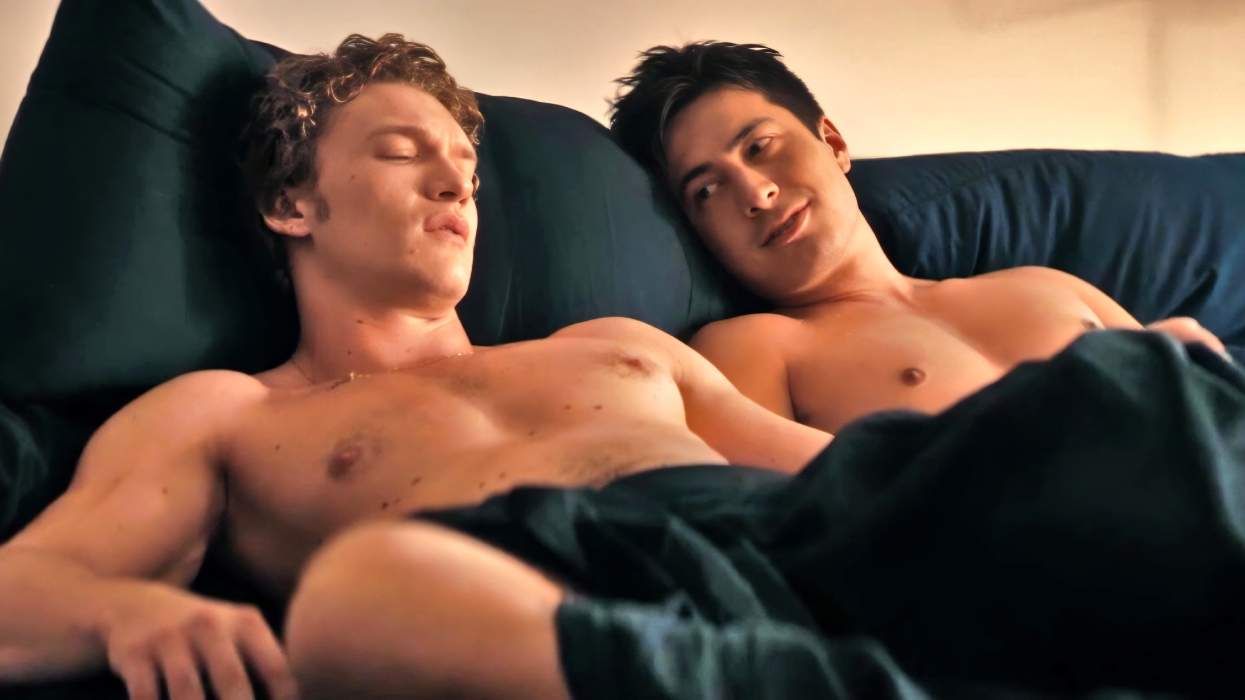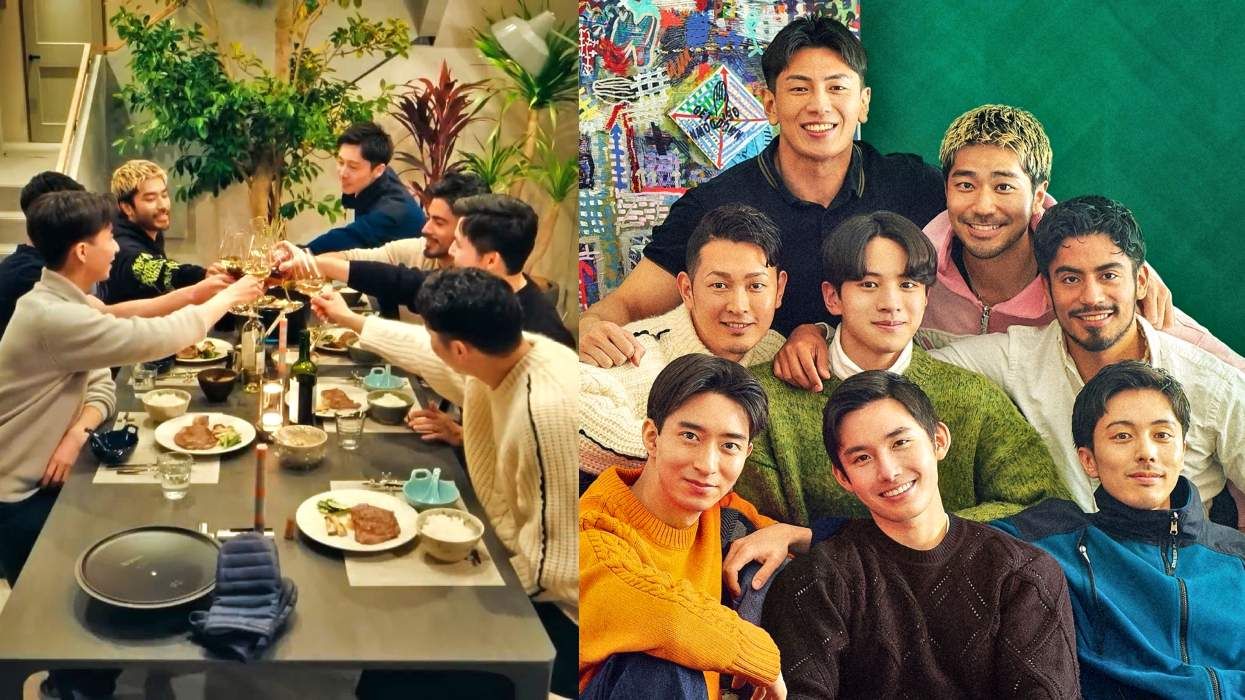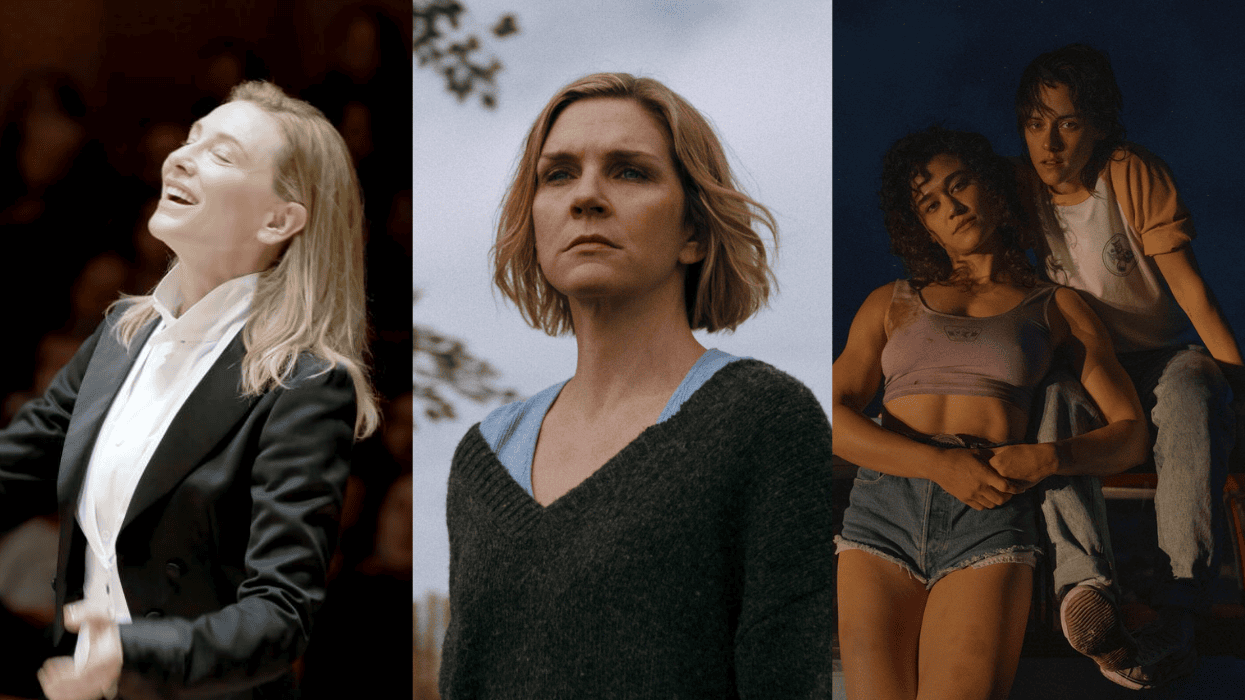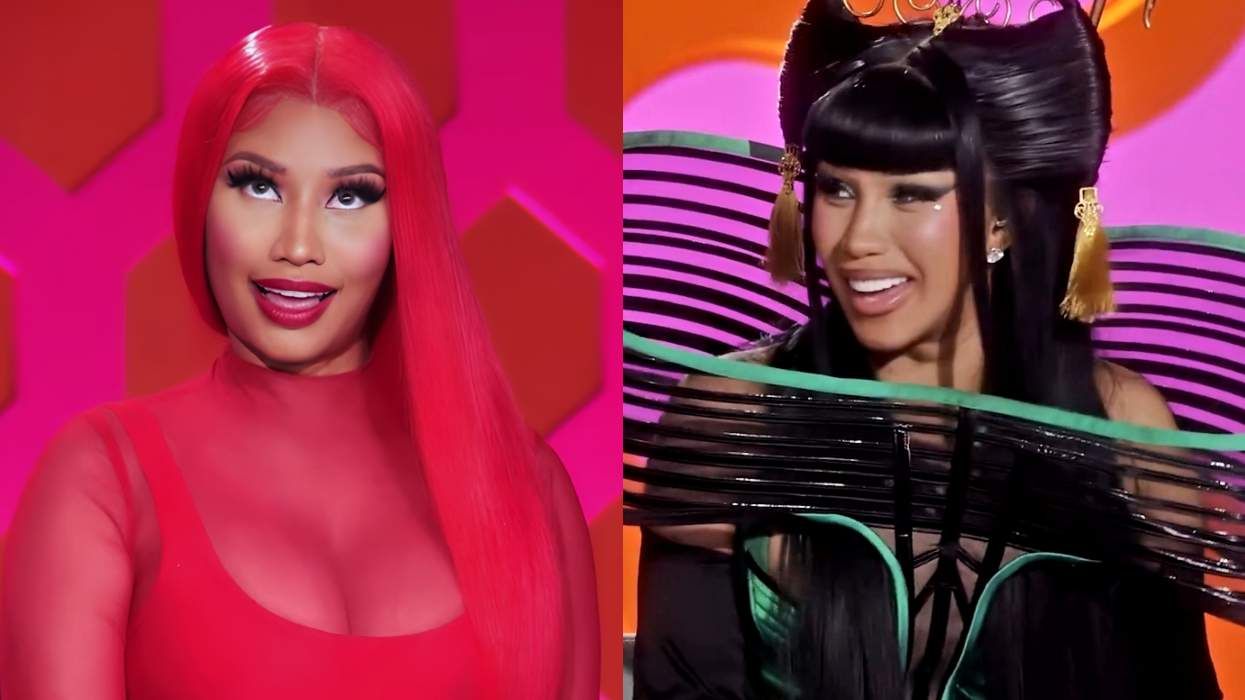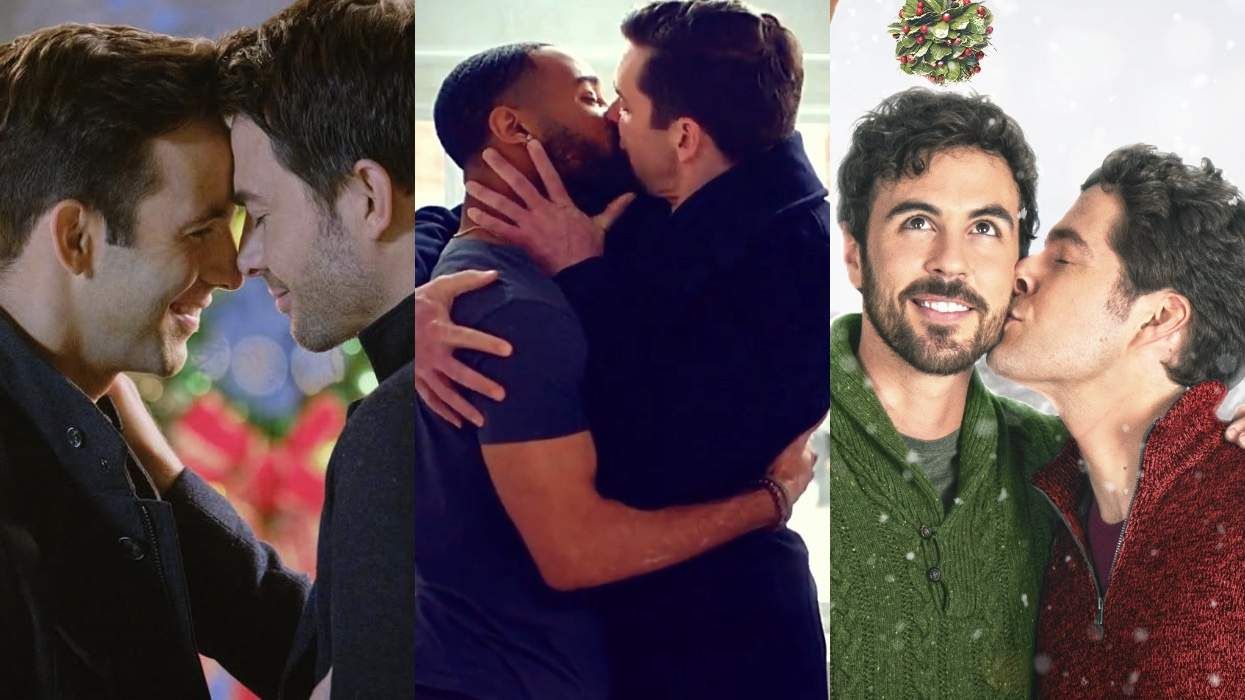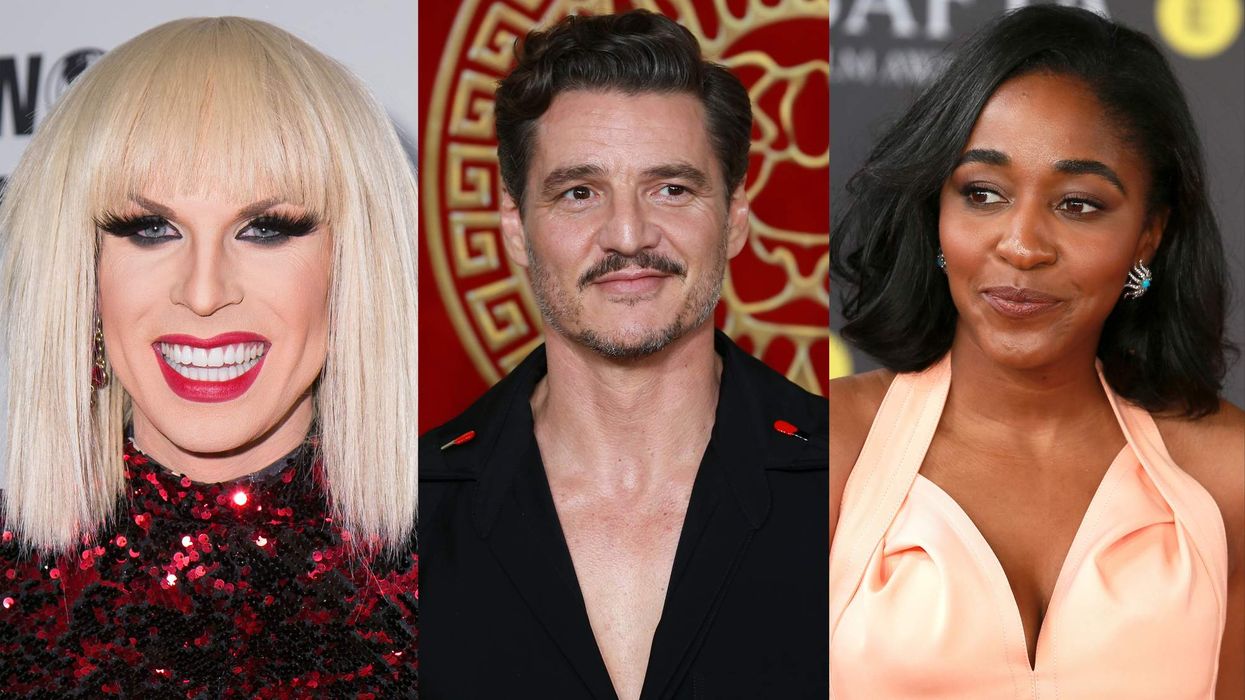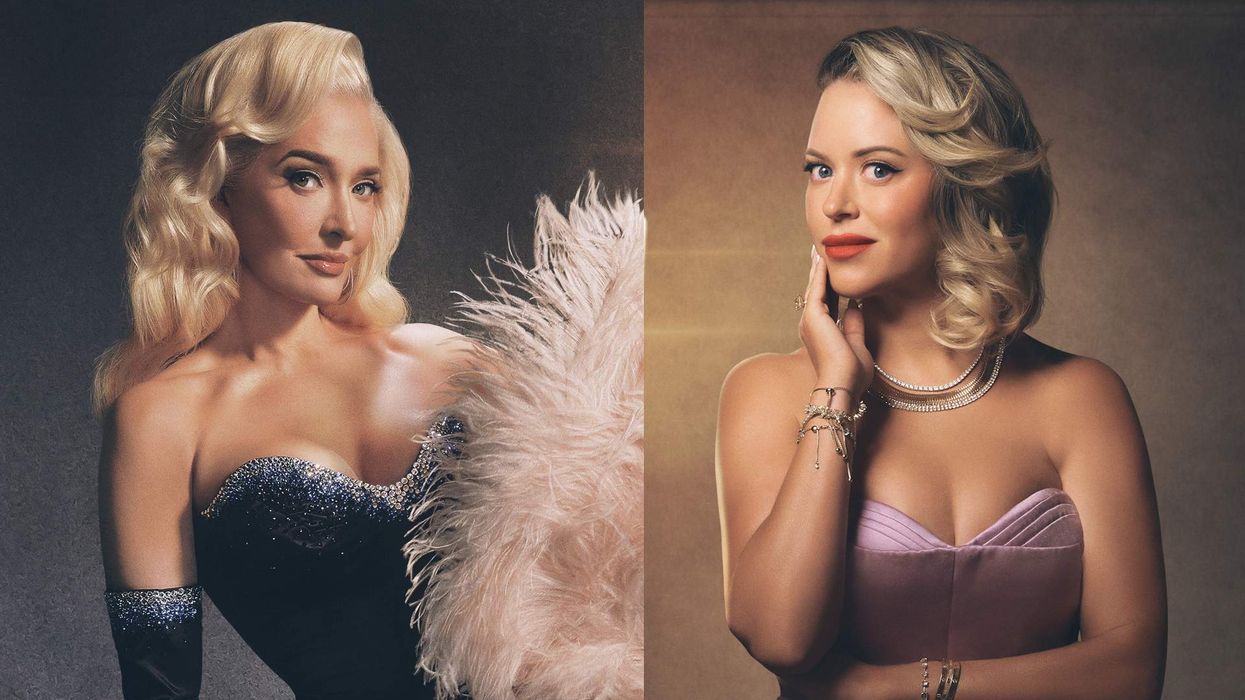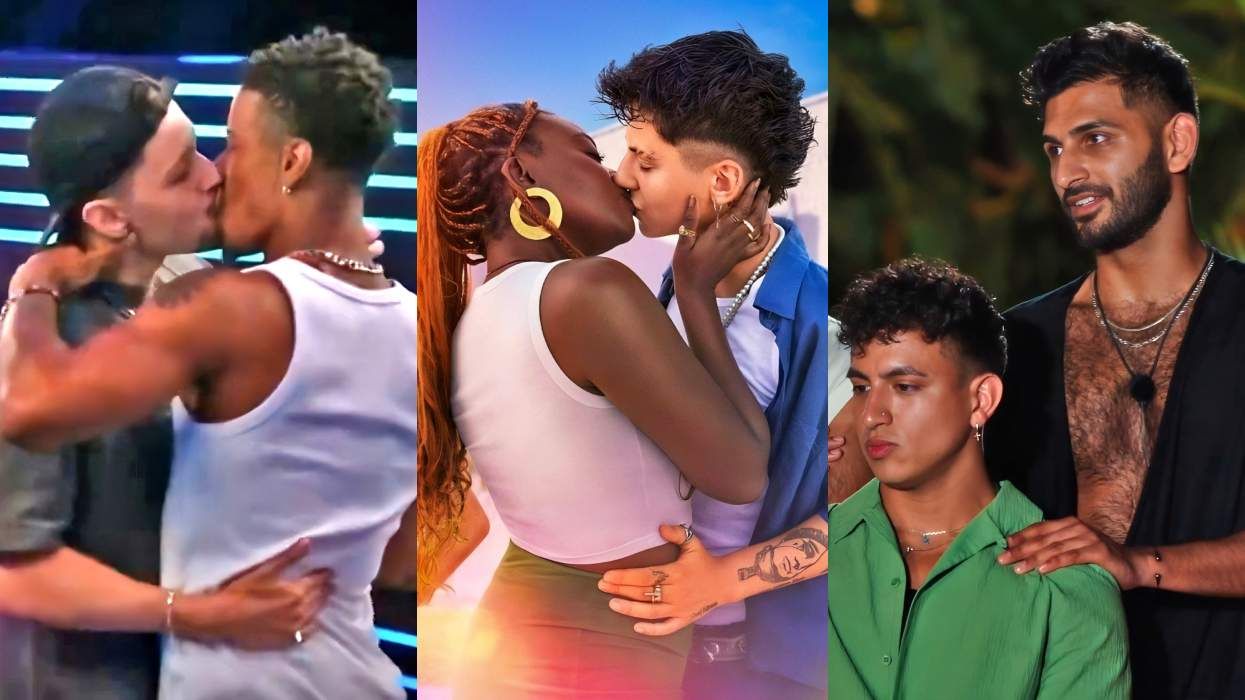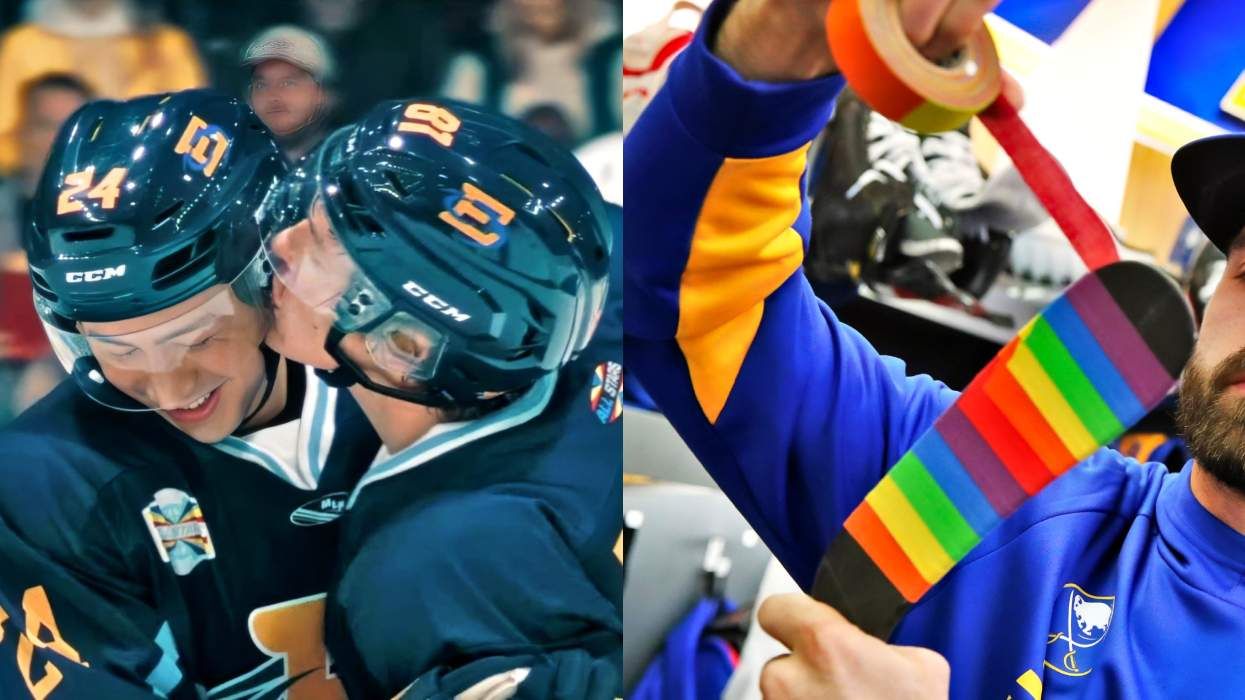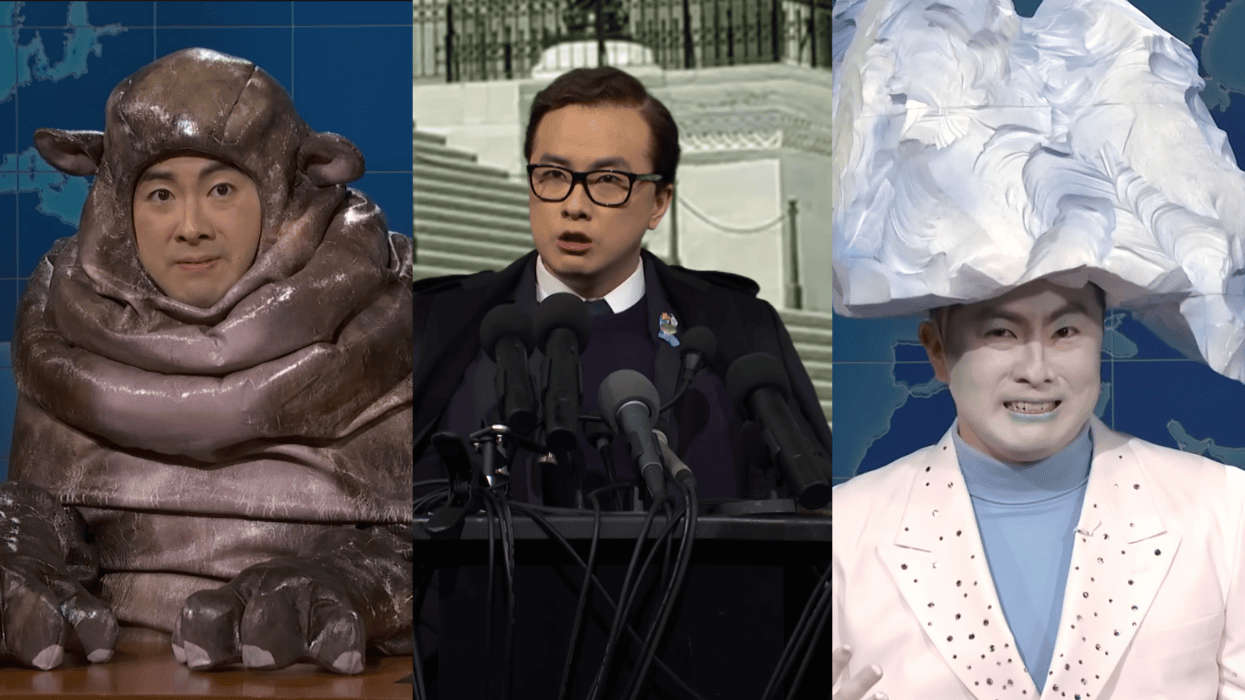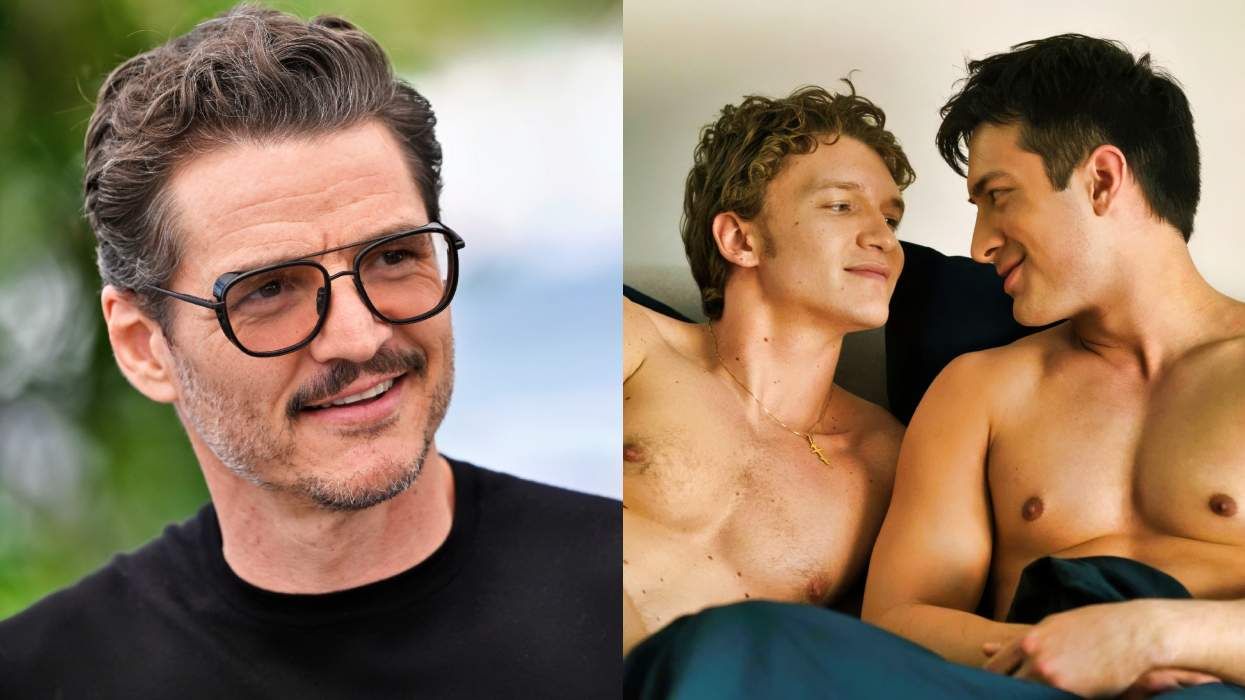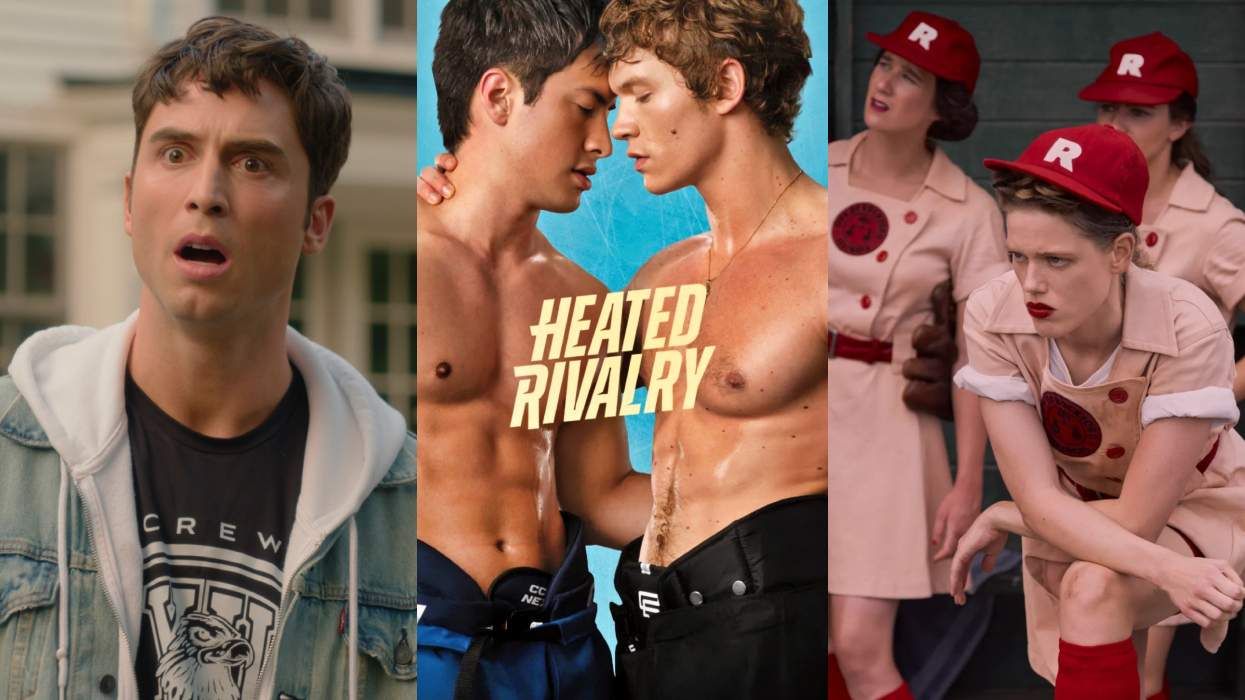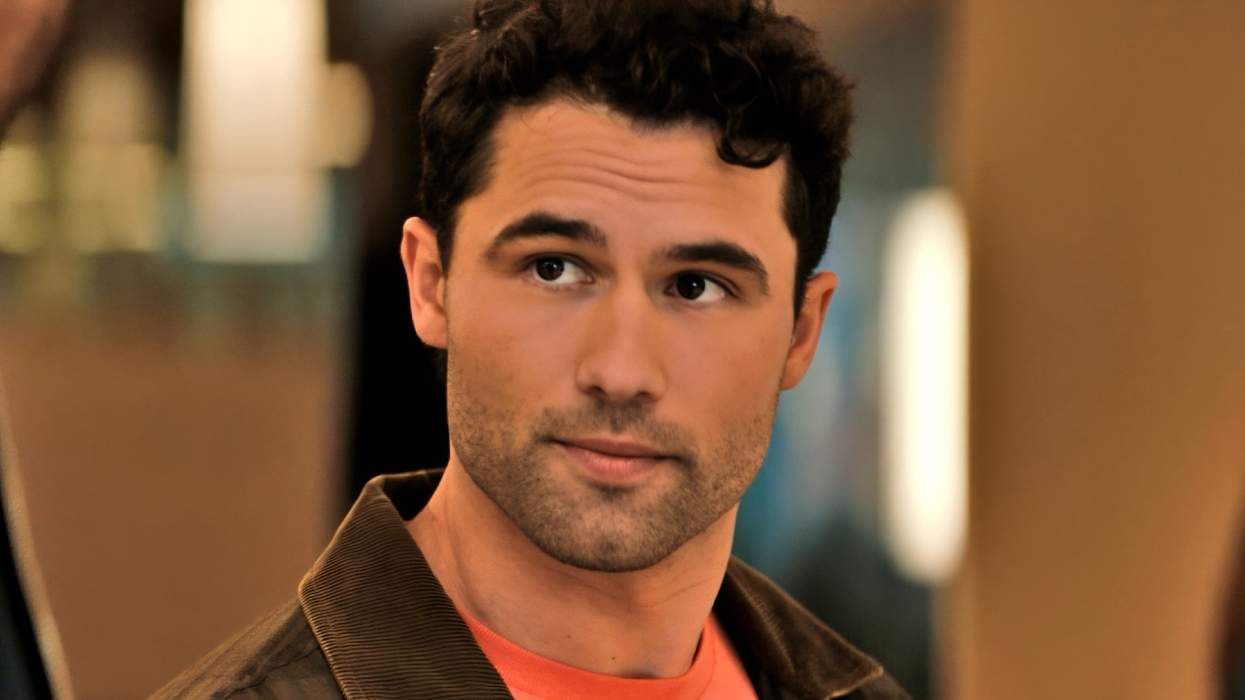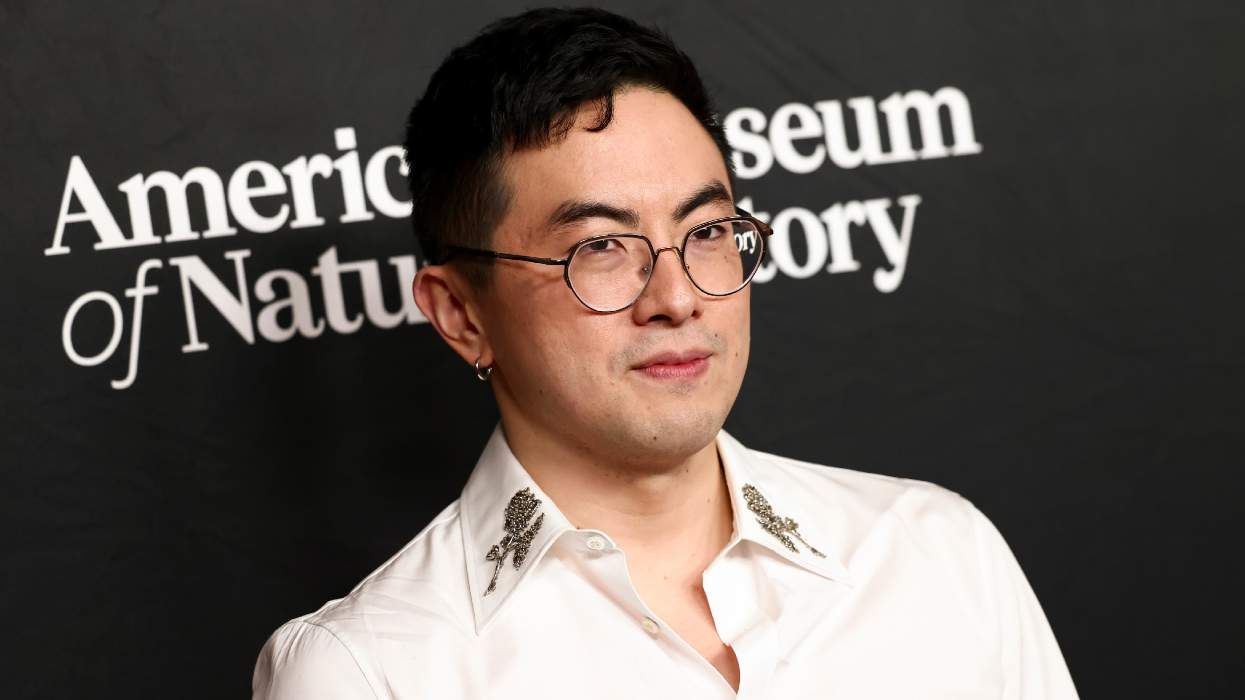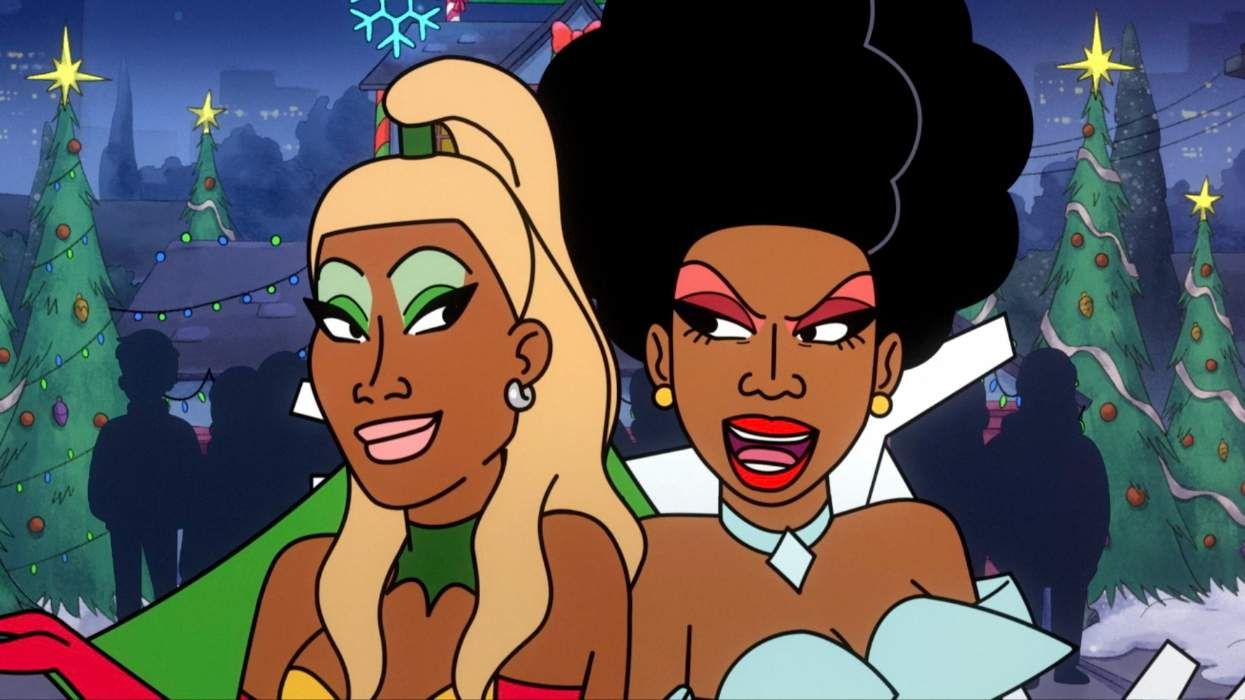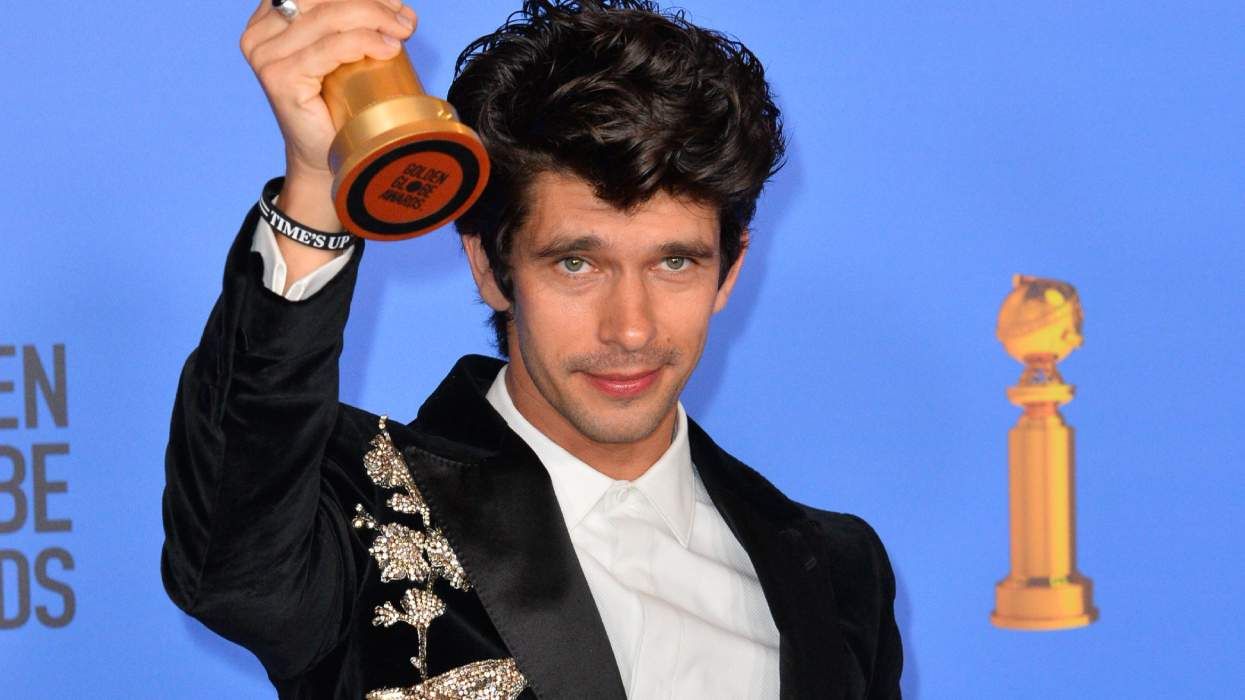Is there any show more perfectly suited for a gay '90s romp than Frasier?
When Frasier first premiered in the early 1990s, television was used to treating queer characters as a source of fear and anxiety. But by the time the show was in its final season in 2004, TV shows had learned how to have a gay old time.
I investigate queer milestones in pop culture on my YouTube series Culture Cruise, and this month I'm taking a deep dive not just on Frasier, but on sitcoms throughout the entire decade of the '90s. It was a time when TV's approach to queer characters shifted with amazing speed, completely transforming over a 10-year span. And with queer storylines peppered throughout the show's 11-season run, Frasier was along for the entire ride.
The '90s started with sitcoms exploring the idea of marriage equality, which is probably thanks to the first serious lawsuit over the issue being filed in Hawaii in 1991. The Golden Girls had an episode in which Blanche's brother wants to marry his partner, and Roc went even further, showing TV's first same-sex commitment ceremony.
But nearly every sitcom that tackled queer topics in the early '90s presented LGBTQ+ equality as a problem, something negative that the main characters needed to worry about. This includes programs ranging from Murphy Brown to Designing Women. I love those shows, but it's disappointing how poorly they age -- the characters are clearly homophobic, regarding queerness as weird at best and a threat at worst. After seeing Miles panic and call gay people abnormal, I found myself wishing Murphy Brown had been better than that.
Frasier, on the other hand, probably aired more affirming gay episodes than any other primetime show until Ellen and Will & Grace. It started with a 1994 episode entitled "The Matchmaker," in which Frasier's gay boss thinks they're on a date. Even by today's standards, it's a pretty positive depiction of a gay character -- there's no hint of hostility from Frasier, aside from the awkwardness about having been on a date with his boss. Given how other shows of the time presented homosexuality as a crisis, that this episode doesn't treat it like a big deal is itself a big deal.
After years of hand-wringing over queer people on TV, "The Matchmaker" came at the start of a very different approach. Around the mid-90s, queer characters stopped being a source of panic and started just being... there. They were no longer the issue of the week but a fact of life. Viewers saw queer characters having more fleshed-out lives on Friends and Roseanne, as well as the character of Carter (Michael Boatman) on Spin City.
In fact, as the '90s went on, sitcoms started showing that queerness could actually be desirable -- something that straight people want to have and keep around, rather than it being a problem to solve. There was John Waters' aspirational character on The Simpsons, a popular gay guest character on Married with Children, and South Park's Big Gay Al (who is complicated and problematic, I know).
And then, of course, there was Ellen's coming out in 1997. She was regarded as a hero at the time, which makes it awfully uncomfortable to see her palling around with a president who only a few years later called for a constitutional amendment to keep her from marrying.
That was followed by a complicated year. In 1998, Frasier aired an episode called "The Ski Lodge" in which nobody seems particularly troubled when a gay character pursues Niles. Then a few months after that, ABC cancelled Ellen's sitcom, "Will & Grace" premiered, and "That '70s Show" depicted the first same-sex-male kiss on television. (Hint: It wasn't great.)
Post-Ellen, TV started to make queer storylines more mainstream, with gay characters becoming so commonplace that there was no one way they were depicted. Some were witty stars, others friendly guest characters, and some felt like throwbacks.
Even Frasier adjusted its depictions of queer characters with the 2000 episode "Out with Dad." In that one, Martin is courted by a gay man, and queerness is more out in the open than ever. In the end, he finds that he has more in common than he thought with the gay man. (Who is played, by the way, by Brian Bedford -- the voice of Robin Hood from the Disney film. Another queer icon!)
By the end of the 90s, the trend on sitcoms is increasingly that there is no trend. The LGBTQ+ characters aren't depicted in some uniform, monolithic way, or confined to very special episodes. They're just... normal. So normal that Fox tried to market a gay sitcom starring John Goodman entitled Normal, Ohio.
In the span of a decade, we went from gay characters being treated as a crisis, to being met with ambivalence, to being aspirational, and then finally being so normal it's the name of the show. So what could possibly come next? Well, an episode of Frasier that combines all of those things -- plus Frasier's first gay bar, his first gay kiss, and his first boyfriend.
I'll be covering that episode one in next month's video. Until then, settle back and enjoy a wander through '90s nostalgia with my latest Culture Cruise, or check out your streaming platform of choice where a lot of these episodes are available to watch.
RELATED | David Hyde Pierce Talks Gay Jokes on Frasier


